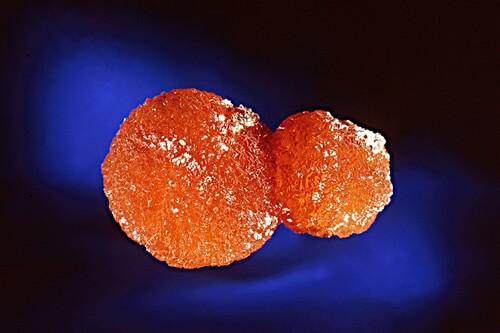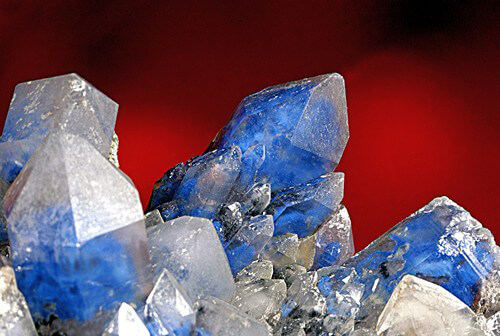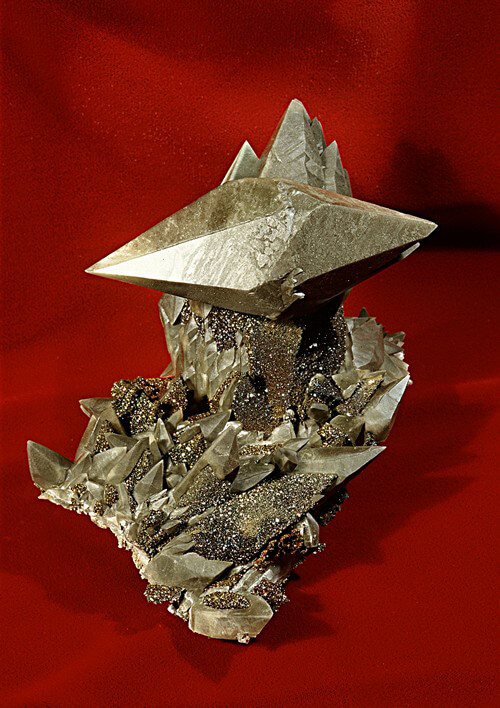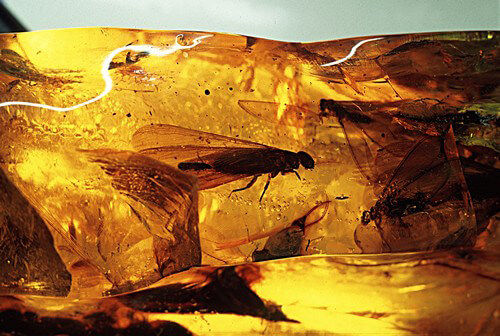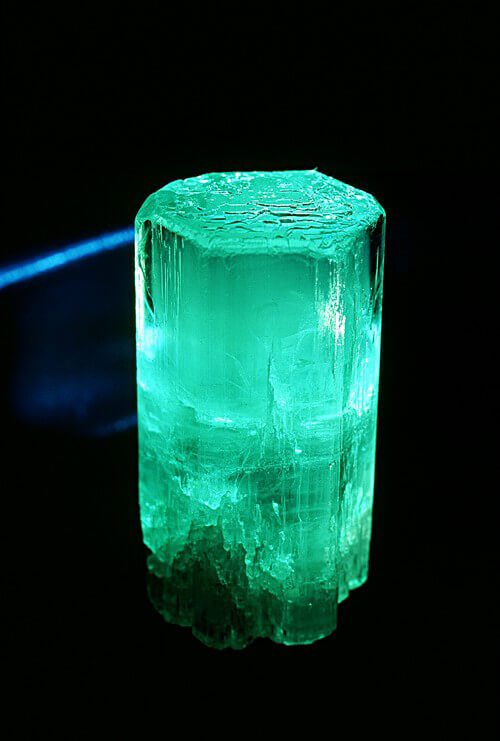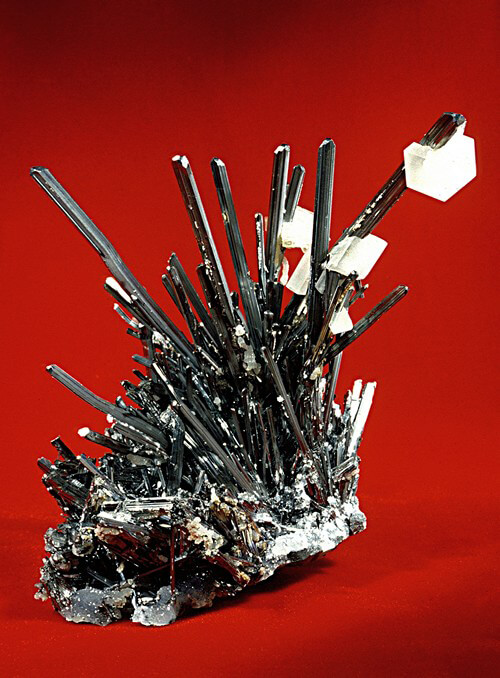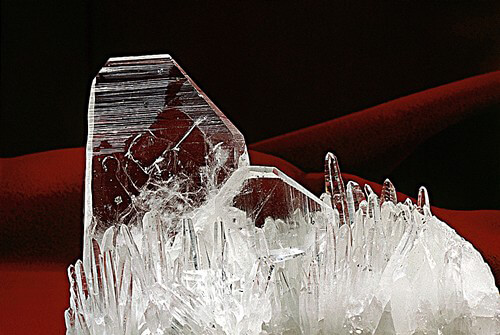Carnegie Museum of Natural History
The emphasis of the over 30,000-specimen Minerals collection is directed largely toward exhibition and education. Approximately one third of all known mineral species are represented and a number of the specimens are considered among the finest examples in existence.
Acquisitions include an outstanding suite of minerals from the former Soviet Union, a historically important suite of nearly 5,000 Pennsylvania minerals formerly owned by the Academy of Natural Sciences in Philadelphia, and the over 2,700 Pennsylvania minerals acquired from the Bryon Brookmyer collection. The section houses a nice gem collection of about 2,000 pieces and a modest collection of meteorites.
The Carnegie also recently acquired a crystal skull.
International Reputation
Hillman Hall of Minerals and Gems has gained an international reputation as one of the finest and most important mineral exhibitions in the country. Many specimens from the collection of William W. Jefferis, a nineteenth century mineral collector from West Chester, Pennsylvania, are on exhibit throughout the hall.
See how his collection, and those of other private collectors and mineral dealers, impacted our exhibitions in the History of Hillman Hall.
Introduction
The new Hillman Hall of Minerals and Gems, which will be open to the public on September 19 at the Carnegie Museum of Natural History in Pittsburgh, will be a far cry from the modest mineral collection that was on display at the birth of the Museum in 1896. The exhibit at the 1896 opening consisted of the contributions of a few private individuals and the personal collection on loan, of Gustavo Guttenberg the curator of the Academy of Science and Art of Pittsburgh.
That’s quite a contrast with the new Hillman Hall which houses one of the most significant collections of its kind.
The exhibit includes approximately 2.500 specimens, many of which are considered to be among the finest in the world. These are showcased in various displays that enhance their beauty. The hall has 15 areas designed so that the visitor progresses from pertinent and basic scientific information to the aesthetic aspects. Throughout the hall, audiovisual modules are used extensively, along with 3 number of “hands-on” exhibits.
History of the Hillman Hall
The Hillman Hall of Minerals and Gems is the first major hall to be added to the Carnegie Museum in the past since 1960. It will bring a new dimension to the museum, part of the Carnegie Institute, which long has been noted internationally as the “home of the dinosaurs” because of its outstanding collection of the gigantic fossils. More than 10.000 specimens from the natural history sphere arc on exhibit with some 12 million other articles catalogued as a part of the museum’s collection.
The Hillman Hall Is the culmination of the museum’s long-term interest in gems and minerals. The museum took a quantum jump in this field in 1905. when it acquired the collection of William W. Jefferis. of West Chester, Pennsylvania, shortly before his death. It was brought to Pittsburgh in two large boxcars and added more than 12.000 specimens to the collection, making Carnegie a major mineral museum.
Over the years, numerous other specimens were added so that by 1970 there were some 16.000 catalogued specimens in four different collections, which comprised the holdings of the Section of Minerals. Beginning in 1970. the Hillman Foundation, Inc., supported a major acquisition policy to enlarge and enhance the holdings in the mineral and gem collections. This ultimately would culminate in tbe new Hillman Hall. The Hillman Foundation. Inc. has contributed $1.5 million for the construction of the hall and for new acquisitions.
In 1972. Associate Curator Delbert Oswald, who is a consulting editor of Rocks and Minerals, completed a compilation of the major exhibit specimens in the collection. He also included an evaluation of the systematic study collection and found it wtf deficient in both specimens and display materials. This list has served as a guide for subsequent acquisitions. There arc now 18,000 catalogued minerals. 2.000 gemstoncs. and several thousand other specimens.


